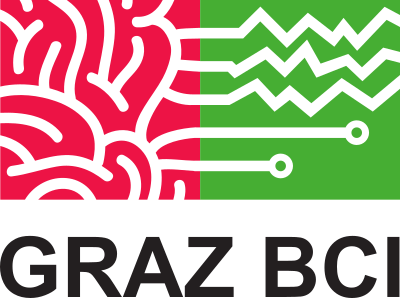Official website for Graz 2017 conference.
Paper accepted called: The Impact of Flow in an EEG-based Brain Computer Interface;
I was awarded with the Student Travel Award
and I participated in the first Science Slam of BCI: “I hear voices.”
I had so much fun I got carried away and forgot my lines at the end…
I am glad I participated and managed to play the English/French accent of my supervisor Fabien Lotte 😀 he had no clue what I prepared for him hihihi
About my Science Slam:
The media often tends to exaggerate when talking about BCIs, giving the public a false image inducing fear with punchlines like “soon reading people’s minds”, which is far from the truth!! What I missed to say in the end was, the BCI community realized that the machine learning and signal processing approaches are not the only factors to be enhanced and investigated, but also teaching the user to manipulate the device and learning how all the various psychological factors influence neuro-physiology. We are creating new, motivating environments and trying to find ways to guide the persons into focusing in creating clear, stable mental commands with confidence.
About the paper :
Major issues in Brain Computer Interfaces (BCIs) include low usability and poor user performance.
This paper tackles them by ensuring the users to be in a state of immersion, control and motivation, called state of flow. Indeed, in various disciplines, being in the state of flow was shown to improve performances and learning. Hence, we intended to draw BCI users in a flow state to improve both their subjective experience and their performances. In a Motor Imagery BCI game, we manipulated flow in two ways: 1) by adapting the task difficulty and 2) by using background music. Results showed that the difficulty adaptation induced a higher flow state, however music had no effect. There was a positive correlation between flow and offline performance, although the flow factors had no effect (adaptation) and negative effect (music) on performance. Overall, favoring the flow state seems a promising approach for enhancing users’ satisfaction, although its complexity requires more thorough investigations.

